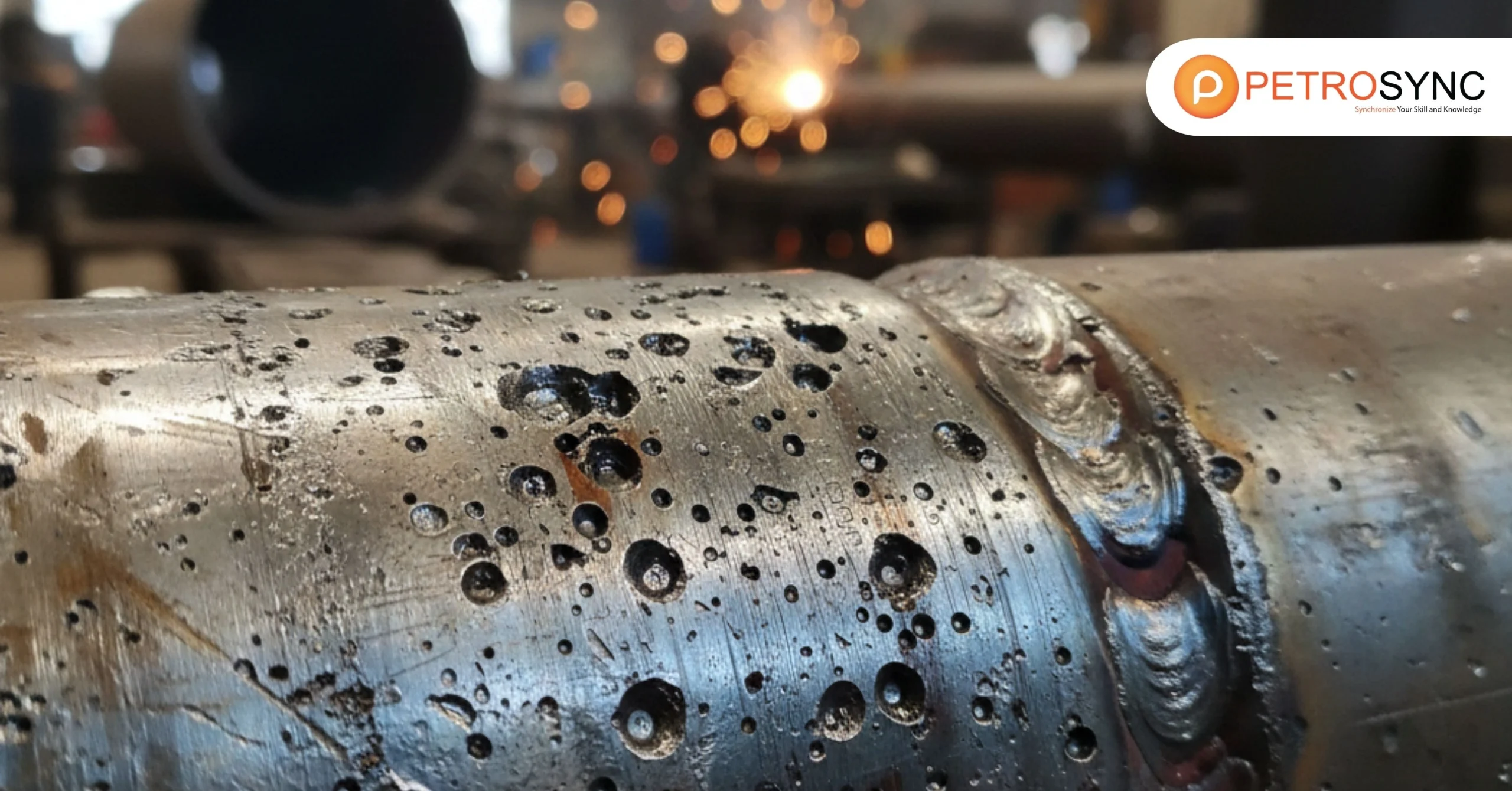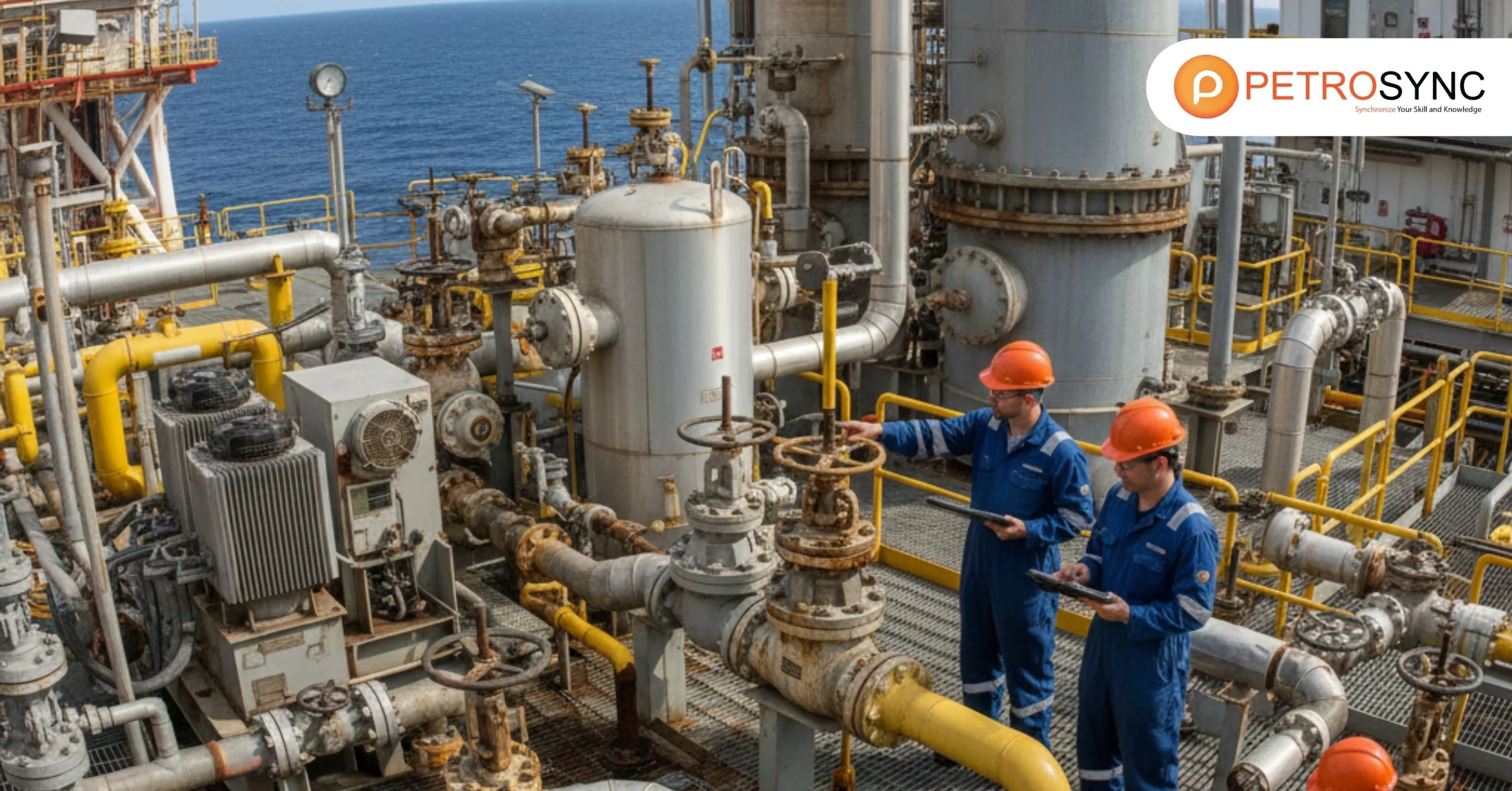In the dynamic realm of industrial operations, Asset Integrity Management (AIM) is a prevailing trend, transforming how organizations safeguard critical assets. This strategic approach ensures the reliability and functionality of assets throughout their lifecycle. Widely adopted in the oil and gas sector, AIM is pivotal in enhancing workplace proficiency and safety.
What Is Asset Integrity Management?
Asset Integrity Management (AIM) oversees assets, such as power plants, oil rigs, or refineries, to ensure they can perform effectively and efficiently throughout their life cycle. It ensures you have the business processes, systems, tools, competence, and resources you need to ensure integrity throughout the asset lifecycle, maintaining compliance with health, safety, and environmental regulations from the design phase to decommissioning and replacement.
What Is The Importance of Asset Integrity Management?
The main industry sector that benefits from AIM is upstream oil and gas. This is due to the growing global need for energy, prompting increased investment in the oil and gas sector to prolong the operational service life of existing rigs. Nevertheless, the AIM process applies to high-value assets, including oil refineries, electrical power generation plants, and chemical processing plants.
The significance of Asset Integrity Management (AIM) lies in ensuring the effective and efficient performance of assets throughout their life cycle. AIM is crucial for maintaining the necessary people, systems, processes, and resources needed to uphold integrity from the design phase to decommissioning and replacement. It plays a vital role in compliance with health, safety, and environmental regulations, making it essential for the sustained functionality and reliability of assets.
What Are Some Challenges in Asset Integrity Management?
1. Balancing Design, Maintenance, and Replacement
Asset Integrity Engineers must carefully navigate the delicate balance between designing, maintaining, and replacing assets throughout their life cycle. For instance, in a power plant, deciding when to upgrade a component to enhance efficiency without causing significant downtime or incurring excessive costs requires a strategic approach. This balancing act is a perpetual challenge in Asset Integrity Management (AIM).
2. Aging Infrastructure and High Replacement Costs
In the oil and gas industry, many rigs have exceeded their operational life expectancies. The dilemma arises when deciding whether to invest in extending the life of these rigs or opting for costly replacements. The high replacement costs, coupled with the need for continuous operation, create a substantial challenge for AIM professionals in maintaining the integrity of aging infrastructure.
3. Increasing Challenges such as Vessel Inspection and Corrosion
Consider an offshore oil rig where vessel inspection is a critical aspect of maintaining operational efficiency. The challenge surfaces when the frequency of inspections impacts production downtime.
Similarly, corrosion under insulation becomes a growing concern, leading to sudden shutdowns. Addressing these challenges necessitates implementing innovative solutions to enhance Asset Integrity Management.
4. Human Element in AIM
Despite the best intentions, the human element introduces challenges in AIM. For instance, a maintenance team may intend to conduct thorough inspections, but due to time constraints, some aspects may be overlooked. The challenge lies in finding a balance between workload and ensuring tasks are completed meticulously to maintain the integrity of the asset.
5. Gaps in AIM Systems
Imagine an oil refinery implementing an AIM system to streamline operations. However, there may be gaps in the system that fail to address specific challenges unique to that refinery. The challenge for AIM professionals is identifying and filling these gaps to ensure a comprehensive approach to asset integrity. Staff perception also plays a role, as employees may view AIM systems as intrusive rather than supportive of their roles, posing an additional challenge in achieving full integration.
What Are The Role of Asset Integrity Engineer?
An Asset Integrity Engineer ensures that assets, like power plants or oil rigs, perform well throughout their life cycle. They play a key role in Asset Integrity Management (AIM), focusing on maintaining the reliability of essential assets. The roles of Asset Integrity Engineers include:
1. Implementing Condition and Structural Health Monitoring (CSM)
Asset Integrity Engineers set up systems to continuously check the condition and health of assets. They use different tools and technologies to monitor how well the asset performs and find any possible issues.
2. Ensuring Inspection Intervals Compliance
Regular inspections are vital for spotting any wear, damage, or possible problems. Asset Integrity Engineers ensure that inspections happen when they should, avoiding oversights that could harm the asset’s reliability.
3. Conducting Risk-Based Inspection (RBI)
Risk-Based Inspection means evaluating assets based on risk factors and risk matrix. Asset Integrity Engineers use this method to decide which inspections and maintenance tasks should be a priority. This helps them use resources wisely.
4. Performing Life Extension Studies
Asset Integrity Engineers study whether it’s possible to extend the life of an asset. They look at the current state of the asset, potential upgrades, and the costs involved to make informed decisions about extending its life.
5. Conducting Fitness-for-Service Reviews
Evaluating fitness-for-service means checking if an asset can operate safely and competently under specific conditions. Asset Integrity Engineers carefully review assets to ensure they fit their intended purpose.
6. Conducting Failure Investigation Studies
When assets fail, Asset Integrity Engineers investigate why. They analyze data, run tests, and determine what contributed to the failure. The goal is to take corrective actions and prevent similar incidents.
7. Monitoring and Ensuring Procedure Compliance
Asset Integrity Engineers oversee the use of maintenance and inspection procedures. They make sure these procedures are not only in place but also followed, keeping consistency and reliability in how assets are managed.
8. Participating in Budget Preparation for Inspection
Asset Integrity Engineers are crucial in planning the finances for asset inspections. They contribute to creating budgets for both capital and operating expenses, aligning financial resources with the necessary inspections to maintain asset integrity.
In summary, Asset Integrity Engineers are essential for ensuring critical assets work well by taking proactive steps, assessing, and following industry standards and regulations.
Asset Integrity Management (AIM) is crucial for overseeing assets like power plants and oil rigs, ensuring their effectiveness and compliance throughout their life cycle. Its importance is evident in the upstream oil and gas sector, driven by increasing global energy demand, but AIM also applies to various high-value assets.
In summary, Asset Integrity Management (AIM) is a vital framework for ensuring the effective and reliable performance of critical assets in industries like oil and gas. AIM addresses challenges such as aging infrastructure, operational disruptions from inspections and corrosion, and the human element’s impact on thorough asset maintenance.
Asset Integrity Engineers play a key role in implementing AIM, focusing on condition monitoring, inspection compliance, risk-based evaluations, life extension studies, and overall procedural adherence. AIM is essential for industry professionals, providing a strategic approach to navigate complexities and uphold workplace proficiency, safety, and compliance throughout the lifecycle of assets.
Elevate your expertise in Asset Integrity Management (AIM) with PetroSync‘s Reliability training programs. Tailored for professionals like you, these courses provide accessible yet formal instruction in English as a second language.
By enrolling in PetroSync’s reliability training, you empower yourself with the knowledge and skills to adeptly address the challenges of AIM. This training equips you to ensure the continued functionality and integrity of crucial assets in your industry. Take the next step in advancing your career by enrolling in Petrosync’s AIM courses today.
Credit header image: Pexels

SEO specialist by day, fact-checker by night. An avid reader and content writer dedicated to delivering accurate and engaging articles through research and credible sources.






